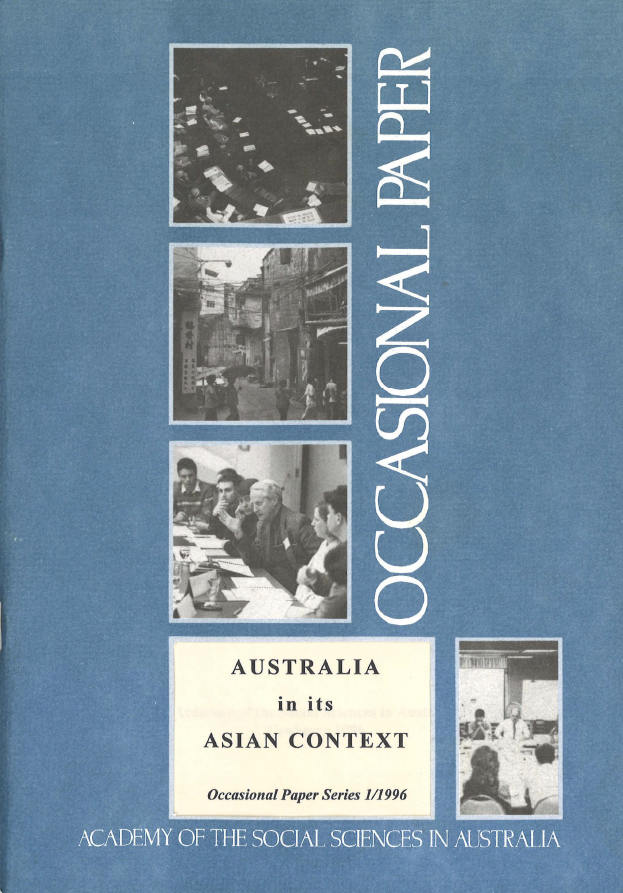It is an honour to have been asked to deliver the 2004 Cunningham Lecture. I know people always say that sort of thing; but on this occasion I say it not just in deference to the conventions of politeness (which I may later violate anyway) but also with a certain ‘special intellectual intent’. Because honour, glory, fame, regard, approval – and their corresponding opposites – dishonour, contempt, shame, disregard, disapproval – constitute the theme of this lecture. My interest in this family of phenomena is not just as objects of social analysis in their own right, but more especially in the normative possibilities they offer – their possible role as a resource in institutional design.
I shall generally use the term ‘esteem’ to stand for the whole family. I don’t deny that there are distinctions to be drawn between, say, esteem and approval, or between esteem and fame. But I also don’t want here to engage in fine-grained logic-chopping – so I hope that I will be forgiven if I suspend a lot of relevant distinctions in the interests of painting on a slightly larger canvas.
Of course, the subject matter is hardly new. In fact, from antiquity to somewhere in the first half of the nineteenth century, there is scarcely a social theorist who did not believe the desire for esteem to be among the most universal and intense engines of human action. An extended catalogue of quotations could easily be offered to support this claim – running from Cicero and Polybius through Thomas Aquinas to Hobbes, Locke, Montesquieu, Hume, the American Founding Fathers, Kant, and notably Adam Smith – though more of him later. What is conspicuous about this tradition of thought however is that somewhere in the early nineteenth century, it pretty much stops – especially in those traditions of social theorising that are most formal and analytic (and of course I have economics in particular in mind). So that the introduction (or reintroduction) of the desire for esteem – and the corresponding desire to avoid dis-esteem – into ‘rational actor models’ of policy design and institutional reform is now something of a novelty, both at academic and practical levels.
In what follows, I want to say a little about what I take to be one element in the story of this eclipse – namely, the emergence of the idea of ‘invisible-hand’ mechanisms in normative social analysis. I want to use the discussion of invisible hands to introduce the topic of esteem – and to say a little in general terms about how esteem might be mobilised for normative purposes. I shall then consider a couple of specific examples of areas where I believe esteem to be important and what the normative significance of its operation in those areas might be.
I have been advised that in giving a lecture of this kind it’s not a bad idea to pose a question of some form at the outset, so that the audience can mull it over in the sub-conscious while the speaker burbles on. I think this might be good advice. So let me pose a question that almost everyone here will have thought about at some point and most will have views on: namely – ‘what’s the role of this Academy?’ I’m not going to try to answer that question in its entirety, but I will come back to it at the end of my talk and offer what I like to think are some ‘reasoned speculations’ about it.

